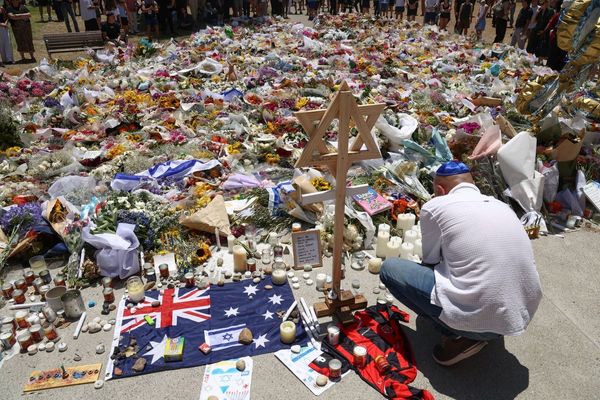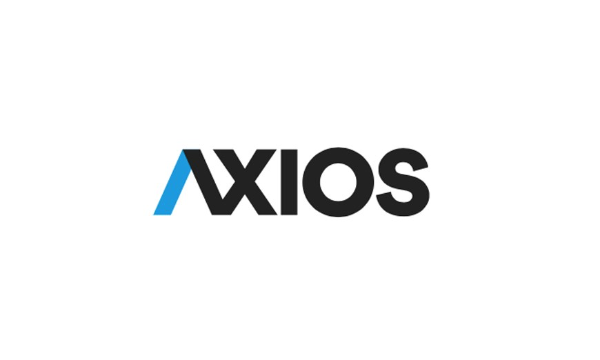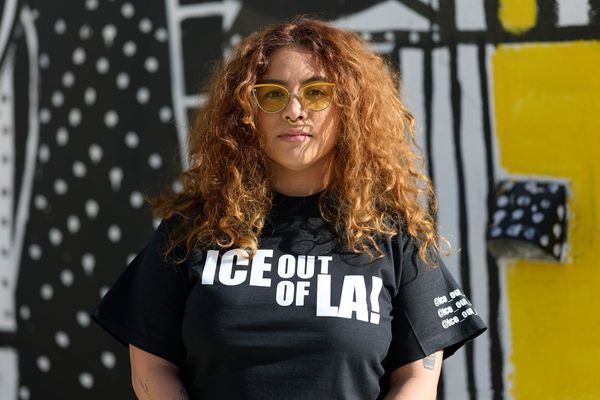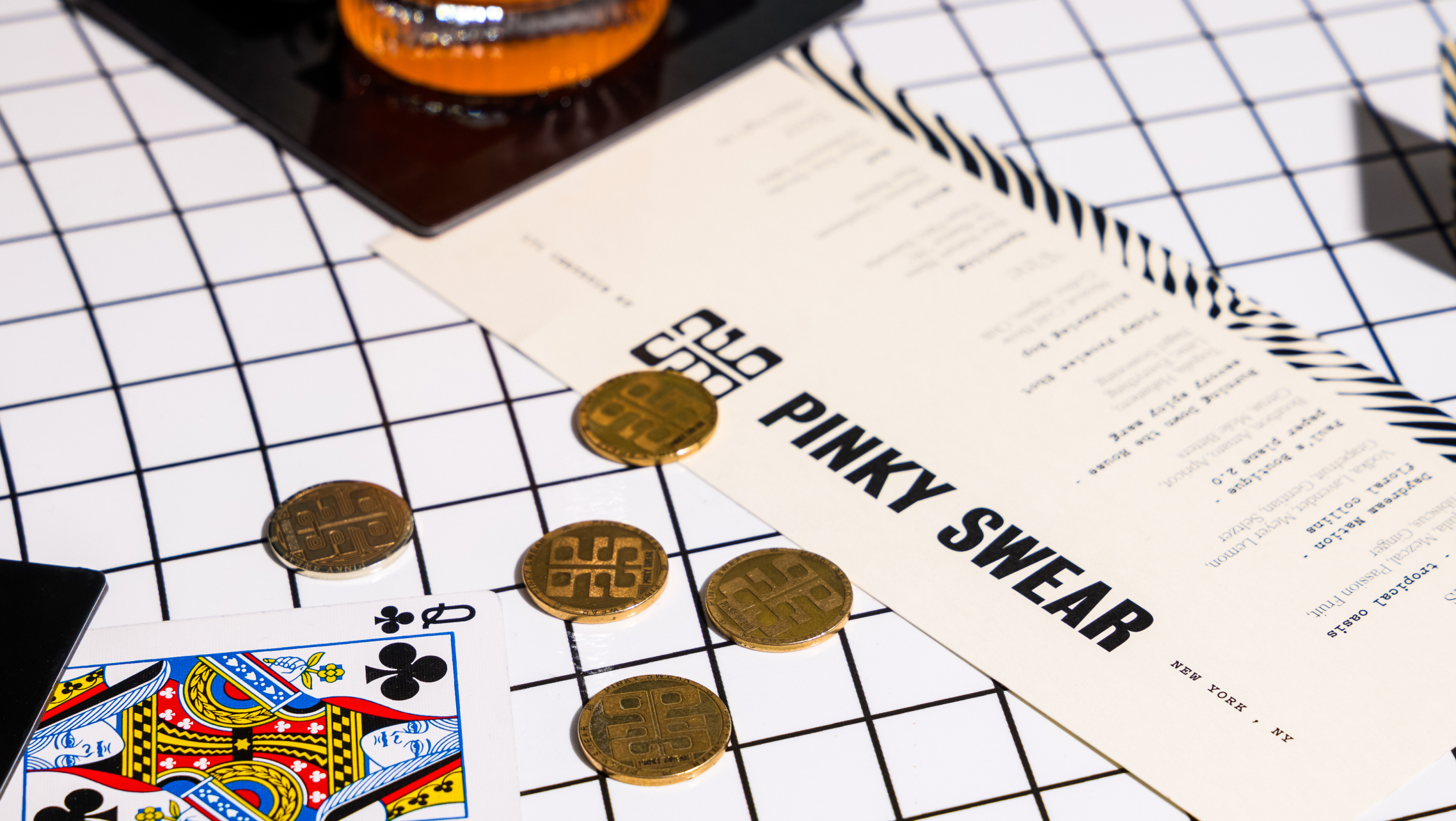
Imagine walking into a retro diner tucked away in Woodstock, New York. The red vinyl booths gleam, the jukebox hums, and your milkshake arrives…except it’s flavoured with Cheez-Its.
Welcome to the Cheez-In Diner, a pop-up that took the nostalgic feel of a 1950s eatery and reimagined it with a cheesy twist. It wasn’t just about snacks. It was about stepping into the world of Cheez-It, experiencing the brand's playful identity in a way that was memorable, tangible, and, yes, highly Instagrammable.
This is the power of experiential design. It transforms brands from distant concepts into lived experiences. Whether through whimsical pop-ups, serene wellness spaces, or immersive retail moments, experiential branding invites people to do more than notice a brand. It invites them to feel it.
Another standout example was Delta Air Lines' Window Seat Shop launched at JFK Airport. By curating artisan goods from around the world, this pop-up both reflected Delta's global reach and brought back the beloved SkyMall experience.
In a world overloaded with content and competition, that kind of emotional connection has never mattered more. But this isn’t just about creating immediate feels. Here are a handful of the benefits of experiential design:
01. Deeper emotional engagement
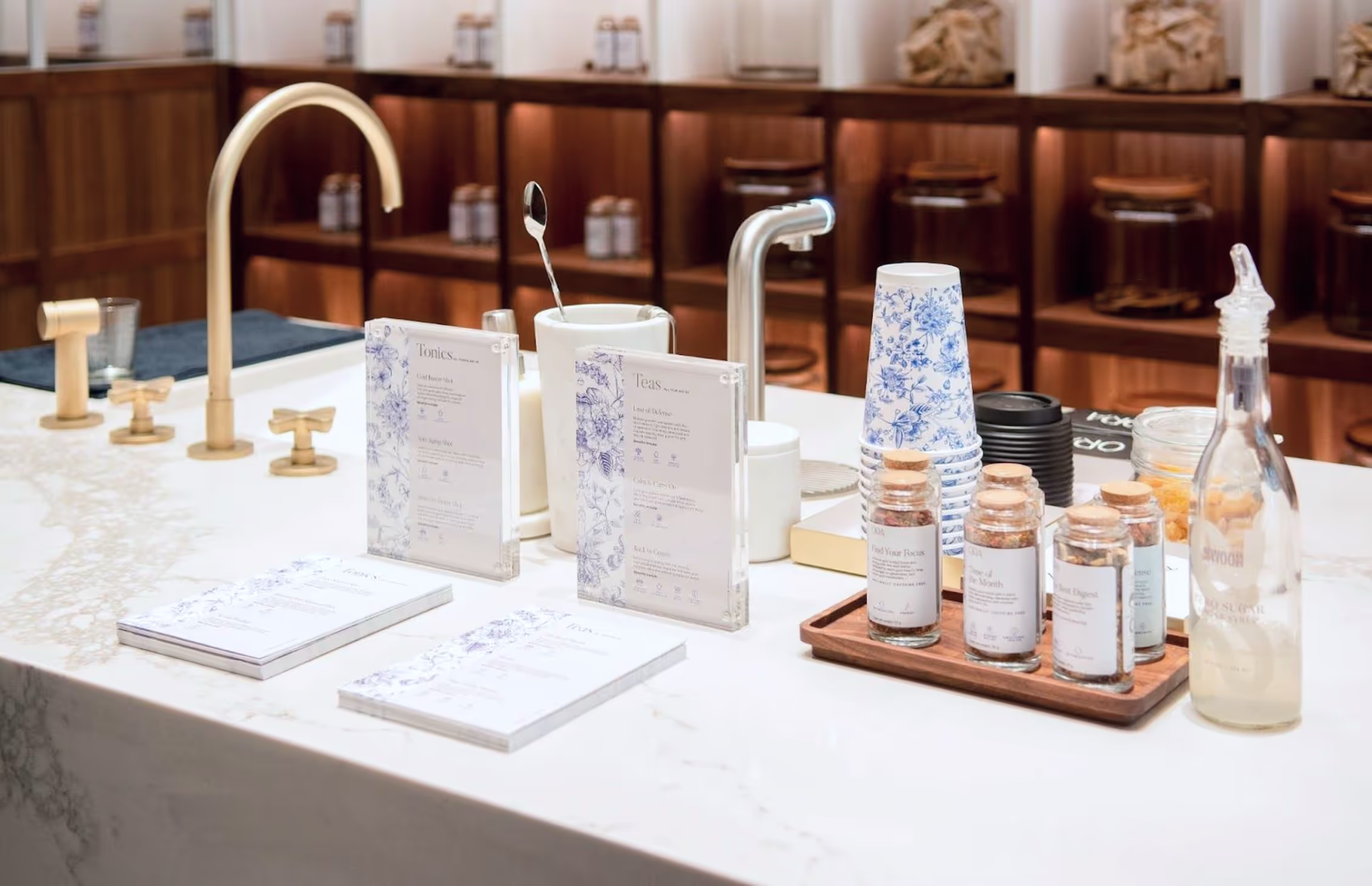
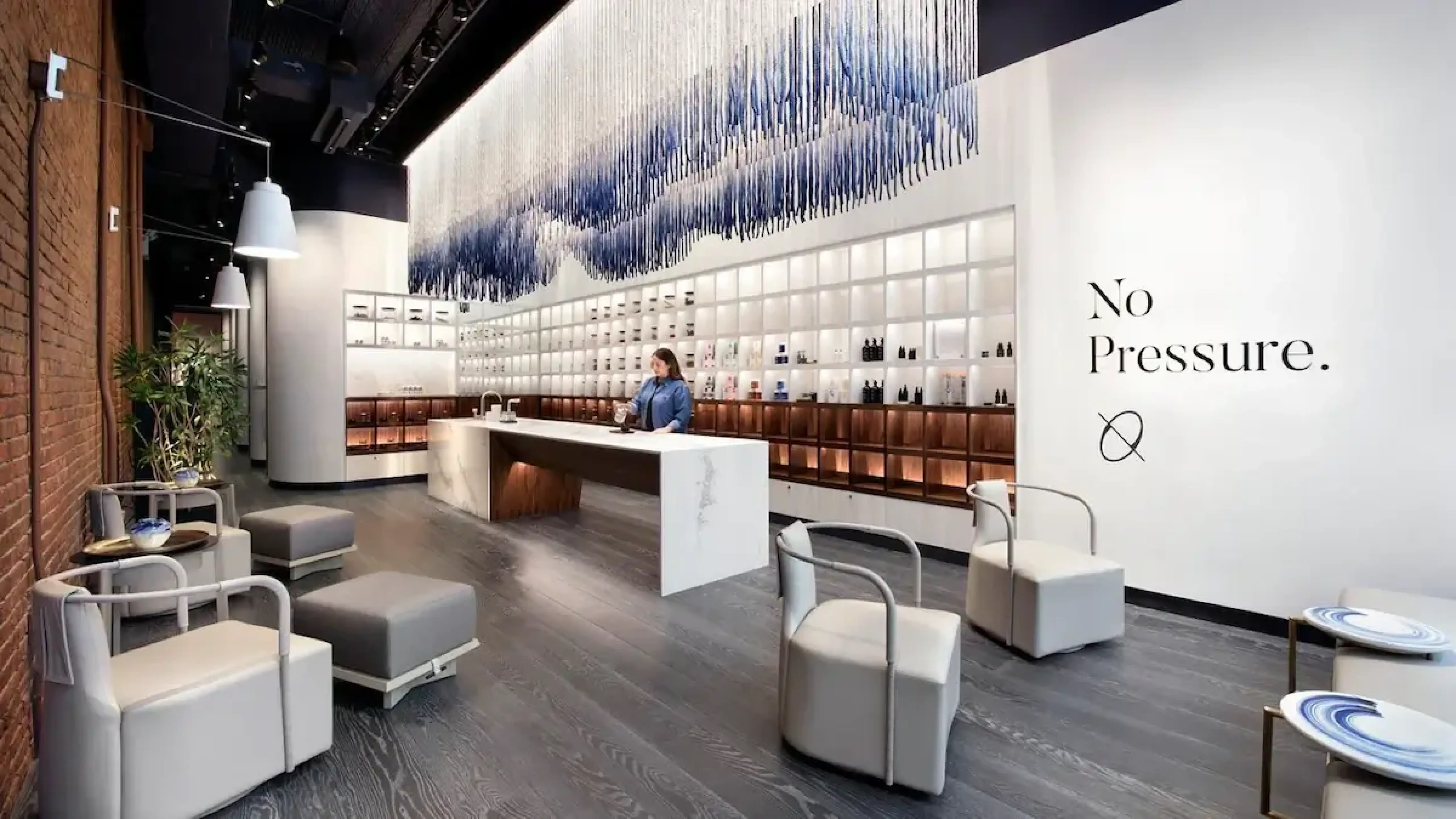
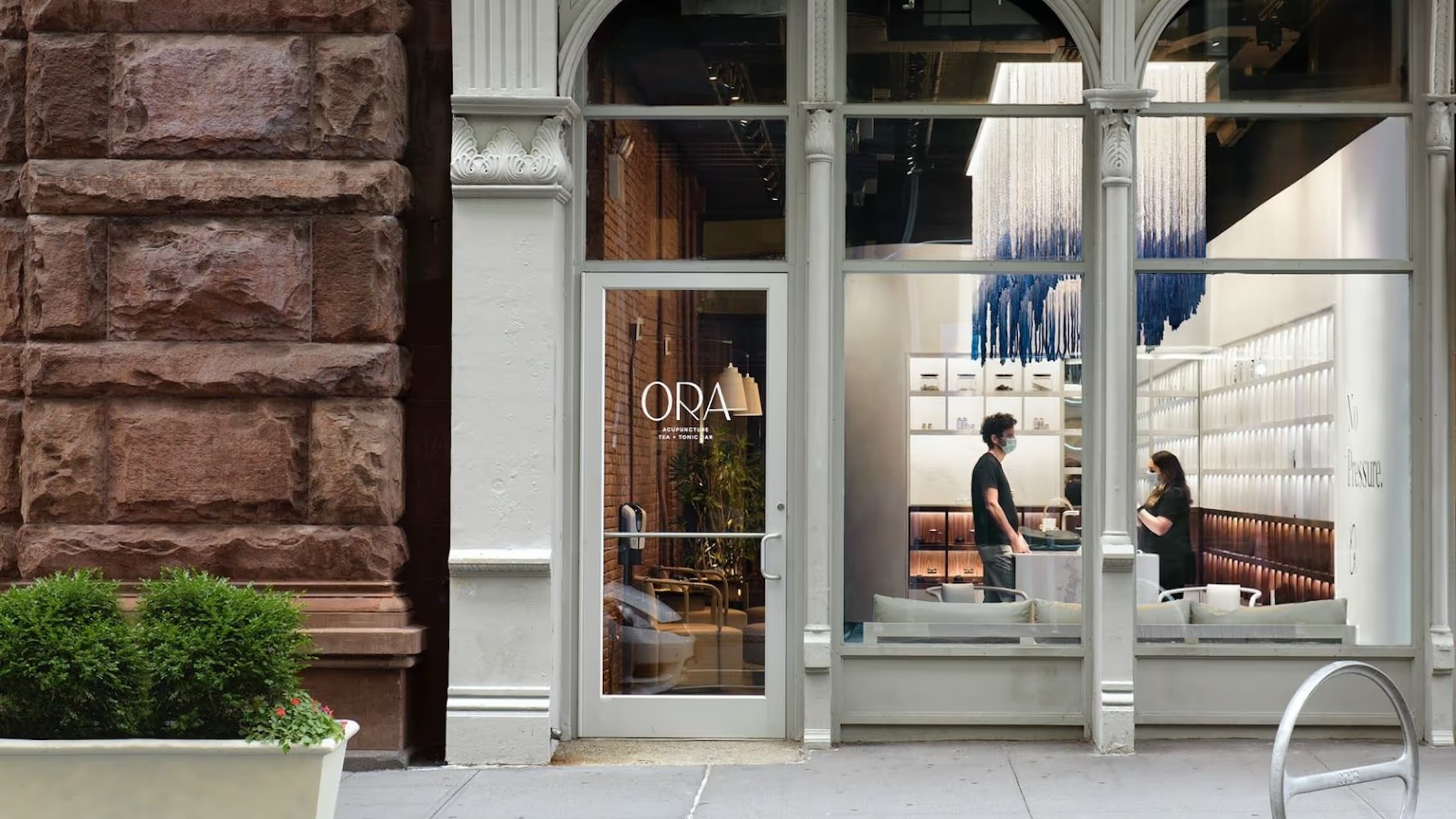
When we experience a brand through our senses, it resonates on a more emotional level. We don’t just recognise it, we remember it.
Take the wellness brand ORA, for example. The mission was to reimagine acupuncture not as a clinical or intimidating experience, but as something serene, elevated, and holistic. Every detail was intentional: the calming scent upon entry, the warm lighting, the carefully curated tea rituals. These aren’t just aesthetic choices; they’re emotional cues that invite visitors to relax, trust, and engage more deeply.
This kind of design moves beyond function. It taps into storytelling, making the experience unforgettable. Instead of a passive customer, the visitor becomes a participant in the brand’s narrative.
02. Greater brand loyalty
When an experience resonates emotionally in the moment, it’s also more likely to foster long-term loyalty. People remember how you made them feel, and when those feelings are positive, they’re more likely to return, recommend and advocate for your brand.
A great example of this is Urban Outfitters’ Back to College campaign. Rather than offering a standard dorm shopping setup, they transformed the experience into the Space Shift: a dreamy, immersive installation that allowed students to express themselves and see their new dorm life beyond a checklist of furniture, as a creative, aspirational fresh start.
It became more than a transaction. It was a shared cultural moment, rooted in fun and imagination, that forged a stronger emotional connection between the brand and its audience.
03. Real-world differentiation
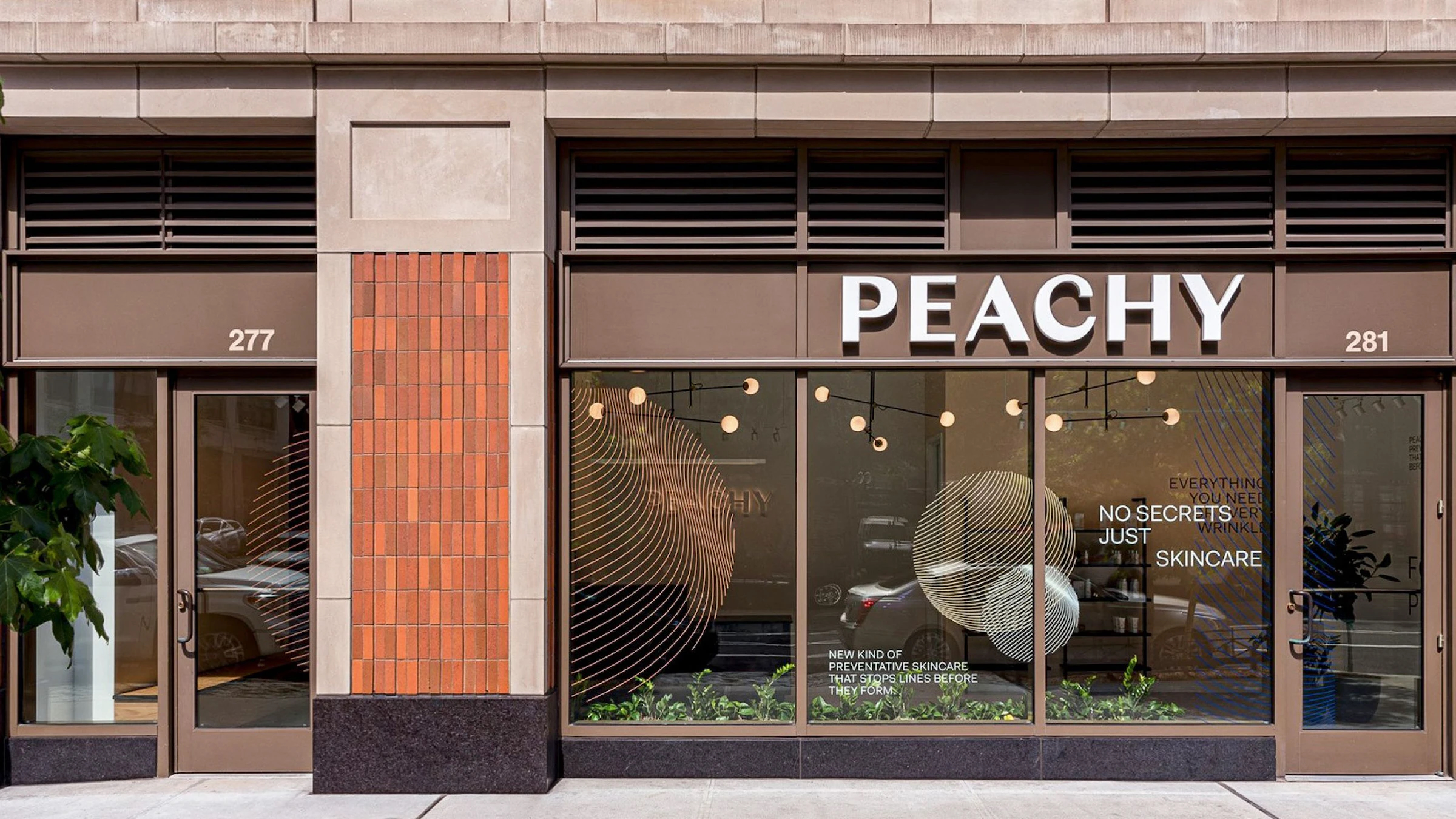
As digital experiences have become more seamless and saturated, there’s a growing hunger for tactile, immersive interactions. People want to feel something real. Whether it’s a space that invites you to play, a retail set up that feels like a sanctuary, or a moment that turns brand values into something physical, the appetite is there.
For brands like Peachy and Oula, this meant designing physical environments that were unmistakably their own. Whether you step into a location in New York or another city, the design language is consistent: tone, texture, colour palette, flow. You feel the brand before you even read the signage.
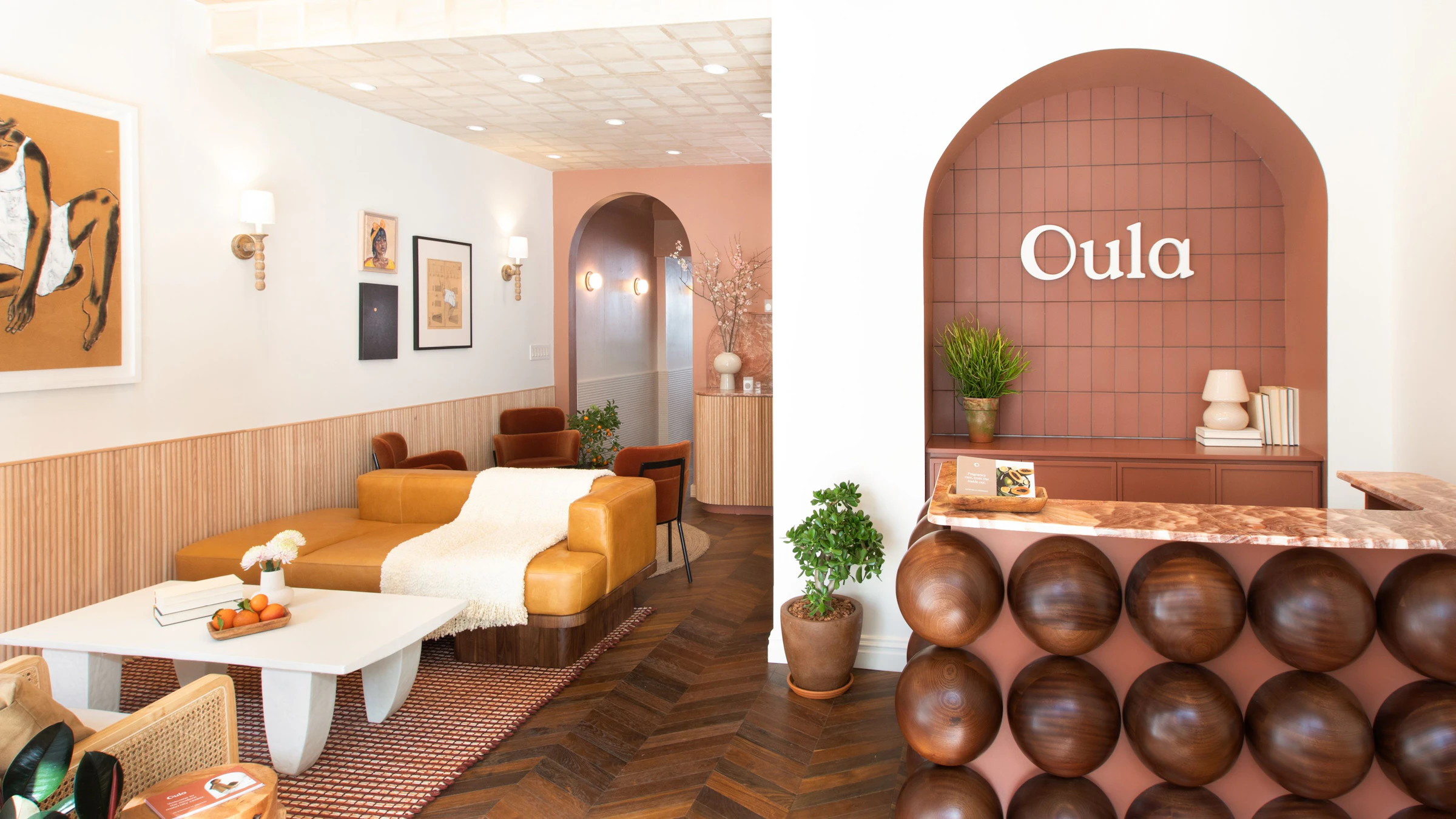
This real-world consistency builds recognition and trust in a way digital touchpoints alone cannot replicate. It tells customers: We know who we are, and we want you to feel it too.
Experiential design, in this sense, becomes an anchor for brand identity in an otherwise fragmented landscape.
04. Opportunities for community building
When done well, experiential branding becomes a catalyst for connection not just between the brand and its audience, but among people themselves. It creates shared moments, sparks conversation, and invites participation.
A great example is Pinky Swear, the immersive dining experience we helped bring to life on the Lower East Side. It reimagines what it means to go out, blending interactive cocktails, nostalgic games, and a sense of playful discovery. It’s about socialising in new, more intentional ways in the kind of space where people don’t just consume the brand, they live in it together.
Experiential design isn’t a trend, it’s a shift
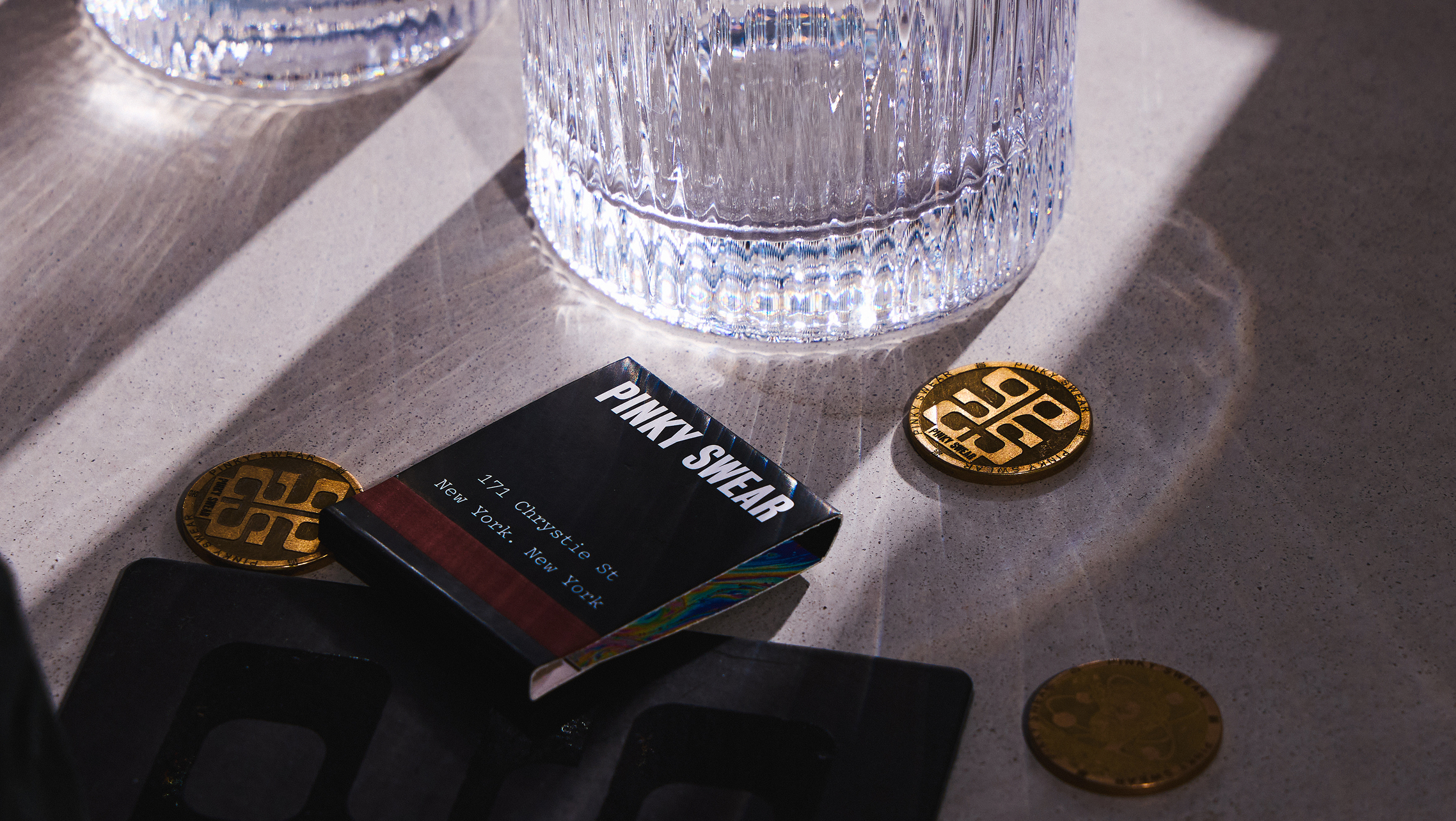
As we move through a culture that increasingly craves connection, experience, and authenticity, brands can’t rely on logos and taglines alone. Branding is undergoing a massive shift from passive consumption to active participation. People don’t just want to hear what you stand for – they want to feel it, live it, and share it.
That’s why experiential design matters. It’s not yet another marketing tactic shouting for attention. It’s a way of designing meaning into moments, of creating spaces and interactions that resonate on a human level.
From Cheez-It’s diner of cheesy dreams to immersive wellness rituals, the brands winning hearts today are those inviting people not just to buy, but to belong.
Experiential design is one of the new Innovation categories at the Brand Impact Awards. Submit your best work by 18 July.

